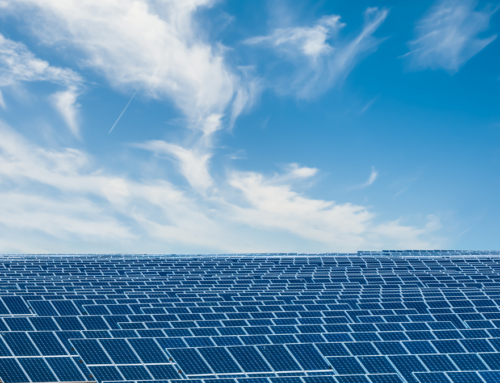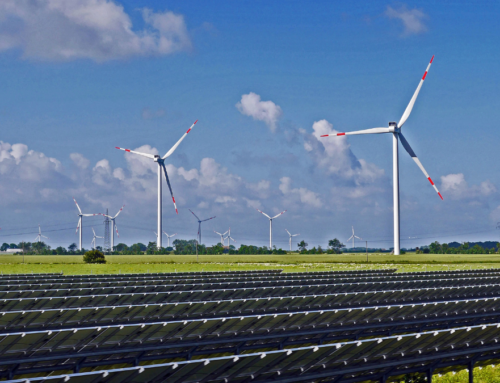Bill Will Power Maine Forward with 100% Clean Energy by 2040
May 5, 2025
May 5, 2025 (Augusta, ME) – A bill being considered by the Maine Legislature aims to reduce reliance on expensive oil and gas by ensuring homes, businesses, and vehicles are powered with 100% clean, affordable electricity by 2040.
LD 1868 sponsored by Senator Mark Lawrence would expand Maine’s existing Renewable Portfolio Standard (RPS) to 90% by 2040 and add in a new category of clean resources that can compete for the remaining 10% of Maine’s energy supply. The bill will receive a public hearing before the Energy, Utilities, and Technology Committee on Tuesday, May 6 at 1:00 p.m.
A study conducted by the state’s energy office last year – Pathways to 2040 – shows that achieving 100% clean electricity by 2040 could lower average household energy costs by about $1,300 per year by replacing expensive fuels with more efficient clean energy technologies. With responsible planning and development, homegrown renewable energy sources like rooftop solar, wind, and battery storage installed by Maine people will make up an increasing share of the state’s energy supply.
“Reaching 100% clean energy by 2040 will power Maine forward, stabilizing energy costs, creating new jobs, and reducing fossil fuel dependence by investing in homegrown clean energy,” said Jack Shapiro, Climate & Clean Energy Director at the Natural Resources Council of Maine. “We spend more than $4B every year on out-of-state oil and gas — that’s roughly $500,000 per hour. This bill will help direct more of that money to be spent here in Maine creating new good-paying jobs and supporting local businesses.”
Maine’s reliance on oil and gas for heating and electricity saddles low-income families and small businesses with expensive, volatile energy costs. The region’s reliance on natural gas is the primary driver of high electricity prices, followed by the cost of responding to storms made worse by climate change.
Investing in clean energy has already delivered clear benefits to Maine people. Maine’s Renewable Portfolio Standard (RPS) has already resulted in a billion dollars in investment, $21.5 million annually in ratepayer benefits, and more than 1,000 new clean energy jobs. More than 15,000 Maine people already work in the clean energy industry.
“Responsible development of clean energy can protect Maine’s heritage fishing and farming industries while conserving natural resources and strengthening our economy,” said Shapiro. “100% clean electricity by 2040 is a practical pathway toward more jobs, more reliable energy, and a safer future.”
What kinds of energy sources will qualify as clean?
With responsible planning and development, homegrown renewable energy sources like rooftop solar, wind, and battery storage built by Maine people will make up the majority of the state’s energy supply.
Including more qualifying options is projected to let Maine meet this goal in a cost-effective way. Existing low-carbon sources like hydropower and nuclear facilities are likely to qualify for the 10% Clean Energy segment of the program. Other alternative resources may qualify after a lifecycle analysis defined by the Maine Department of Environmental Protection (DEP).
What will federal policies mean for this goal?
The current Administration’s hostility to American-made clean energy resources will likely slow progress in the short term, but the rapidly falling costs of clean energy are a global phenomenon, as more and more countries around the world pursue a cleaner, healthier, more efficient economy.
Diversifying our energy supply with homegrown clean energy sources is one of the most cost-effective ways to make America more energy independent.
What will the impact be on energy prices?
In general, local clean energy sources like rooftop solar and wind provide a more stable, reliable source of energy, which benefits everyone. Maine’s 2025 energy plan showed that there were multiple cost-effective pathways to reach 100% clean electricity by 2040. The core pathway that was analyzed would result in $1,300 in annual energy bill savings on average per Maine household, as more expensive fuels are replaced with more efficient clean energy technologies.
Search
RECENT PRESS RELEASES
Related Post



